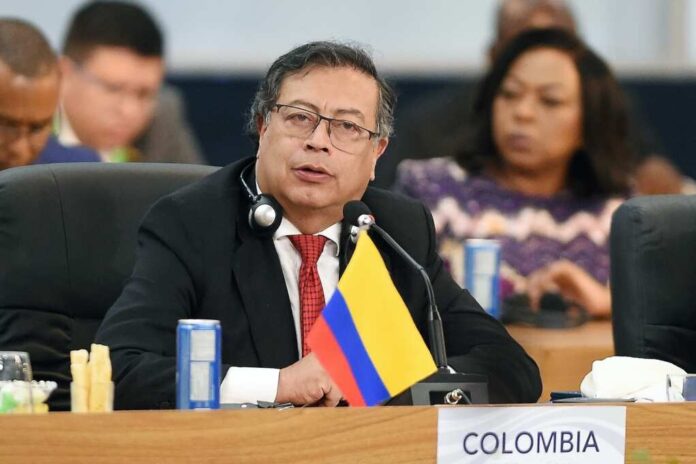
Colombia’s government is unraveling under corruption scandals, infighting, and failed security policies, leaving President Gustavo Petro’s administration paralyzed as criminal groups surge in power.
At a Glance
- Ministers Benedetti and Sarabia are embroiled in a damaging power struggle amid surveillance and abuse allegations
- The “nannygate” wiretap scandal exposed corruption, gender violence, and substance abuse among top officials
- Petro’s “Total Peace” strategy has weakened the military and empowered armed criminal groups
- Coca cultivation is on the rise as state control recedes from key territories
- Colombia’s internal governance crisis is threatening regional stability and U.S. security partnerships
Implosion at the Palace
The Petro administration is confronting a full-blown political meltdown as infighting and personal scandals tear through its top ranks. The conflict between former Interior Minister Armando Benedetti and ex-Foreign Minister Laura Sarabia began with illegal surveillance of Sarabia’s domestic staff—dubbed the “nannygate” scandal—and escalated into mutual allegations of corruption, domestic abuse, and drug use.
Benedetti, a longtime political operator, admitted to substance abuse in what some saw as an effort to shift blame, while Sarabia accused him of illicit enrichment and gender-based violence. Both officials have since resigned, leaving a vacuum in Petro’s inner circle and raising questions about the competence and integrity of his administration.
The chaos has drawn cultural metaphors from Colombian media. One commentator likened the presidency to the besieged kingdom of Rohan in The Lord of the Rings, with the president isolated by manipulative advisors “serving dark forces.” The metaphor, though dramatic, captures the perception of a leader losing control.
“Total Peace” Becomes Total Peril
Meanwhile, Petro’s centerpiece security policy—the “Total Peace” plan—has produced the opposite of its intended effect. By ordering a suspension of offensive military operations against insurgent and criminal groups, the plan has allowed the National Liberation Army (ELN), Clan del Golfo, and other actors to regain territory and strength.
Military training and readiness have declined sharply, with elite units sidelined and equipment languishing in disrepair. As Petro pulls back the armed forces, violence is surging in regions previously stabilized under earlier U.S.-backed operations. The rollback of hard-won security gains has left many questioning whether Colombia can sustain even the appearance of state control in conflict zones.
From Model to Mess
Colombia was once hailed as a democratic turnaround story—a model of bipartisan U.S. cooperation through Plan Colombia that cut coca production and crippled guerrilla groups. Now, the nation finds itself sliding back toward chaos, with coca cultivation reaching new highs and rural areas increasingly controlled by cartels.
While the Petro administration flounders in scandal and dysfunction, the country’s security apparatus has been systematically dismantled. The fallout affects not only Colombia but also U.S. interests in regional stability and counter-narcotics operations. With its credibility diminished at home and abroad, Bogotá risks becoming a cautionary tale for ideological overreach and governance failure.




















